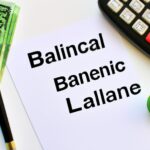Alternative indicators of inequality
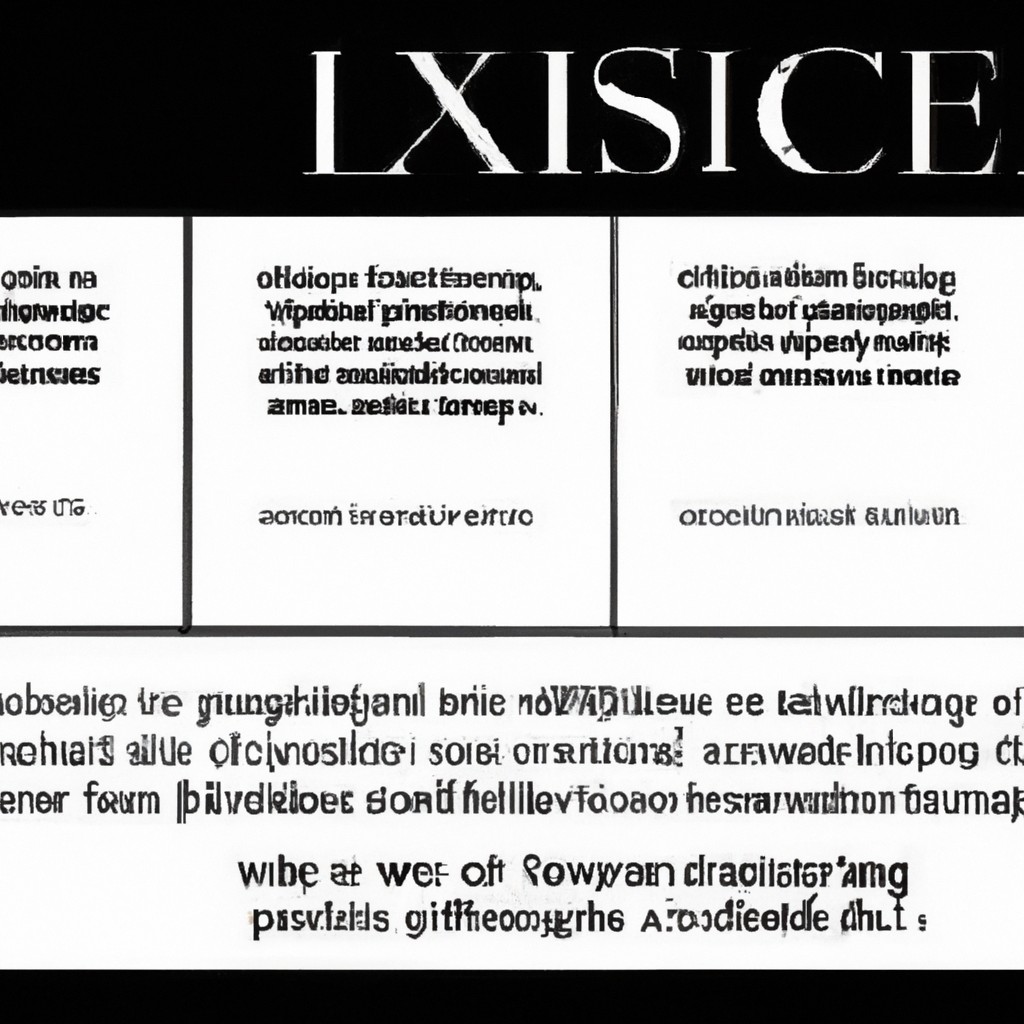
While income is a common measure of inequality, disparities in health outcomes also reveal disparities. Education levels affect long-term economic success, an essential factor in addressing inequality. Access to quality housing, healthcare, and job opportunities highlight societal disparities beyond just income. Factors like social mobility and quality of public services reflect a broader spectrum of inequality. Alternative indicators are crucial in capturing the full extent of disparities within a community. By examining multiple dimensions of inequality, we gain a more comprehensive understanding. Utilizing diverse indicators ensures a holistic approach to addressing social and economic inequality effectively.
Read more
Poverty headcount ratio as an alternative measure

The poverty headcount ratio provides a straightforward understanding of poverty within a given population. It measures the proportion of individuals living below the poverty line. This alternative measure offers a clear and concise way to assess poverty levels and track changes over time. By focusing on the percentage of the population affected, it paints a vivid picture of the extent of poverty experienced by a community. Policymakers and researchers use this ratio to develop targeted interventions and evaluate the effectiveness of anti-poverty programs. Understanding this metric is crucial for addressing the challenges faced by marginalized and vulnerable populations.
Read more
Gini coefficient as an alternative measure.

The Gini coefficient offers a compelling alternative to traditional measurement methods in evaluating income distribution. It combines statistical accuracy with easy interpretation, providing a comprehensive view of societal inequality. Through its simplicity, the Gini coefficient grants policymakers valuable insights into the degree of economic disparity within a given population. By capturing the concentration of income within specific groups, it assists in identifying areas that require targeted interventions. This metric effectively communicates complex concepts in a user-friendly manner, fostering a deeper understanding of social disparities. Embracing the Gini coefficient empowers decision-makers to craft more inclusive policies for equitable societal development.
Read more
Cost of Living Adjustments (COLA) as an alternative measure

Cost of Living Adjustments (COLA) is rising due to inflation, affecting people's purchasing power. As an alternative measure, it accounts for changing prices, ensuring workers keep up financially. COLA safeguards against eroding wages, providing a buffer against economic fluctuations. It considers essentials like food and housing, crucial for maintaining a decent standard of living. By adjusting salaries accordingly, it helps workers stay afloat amidst economic uncertainties. With COLA, individuals can better afford basic necessities, easing financial burdens and promoting stability. This approach acknowledges the reality of rising costs, supporting sustainable livelihoods for workers across diverse industries.
Read more
Alternative inequality measures compared to Atkinson Index
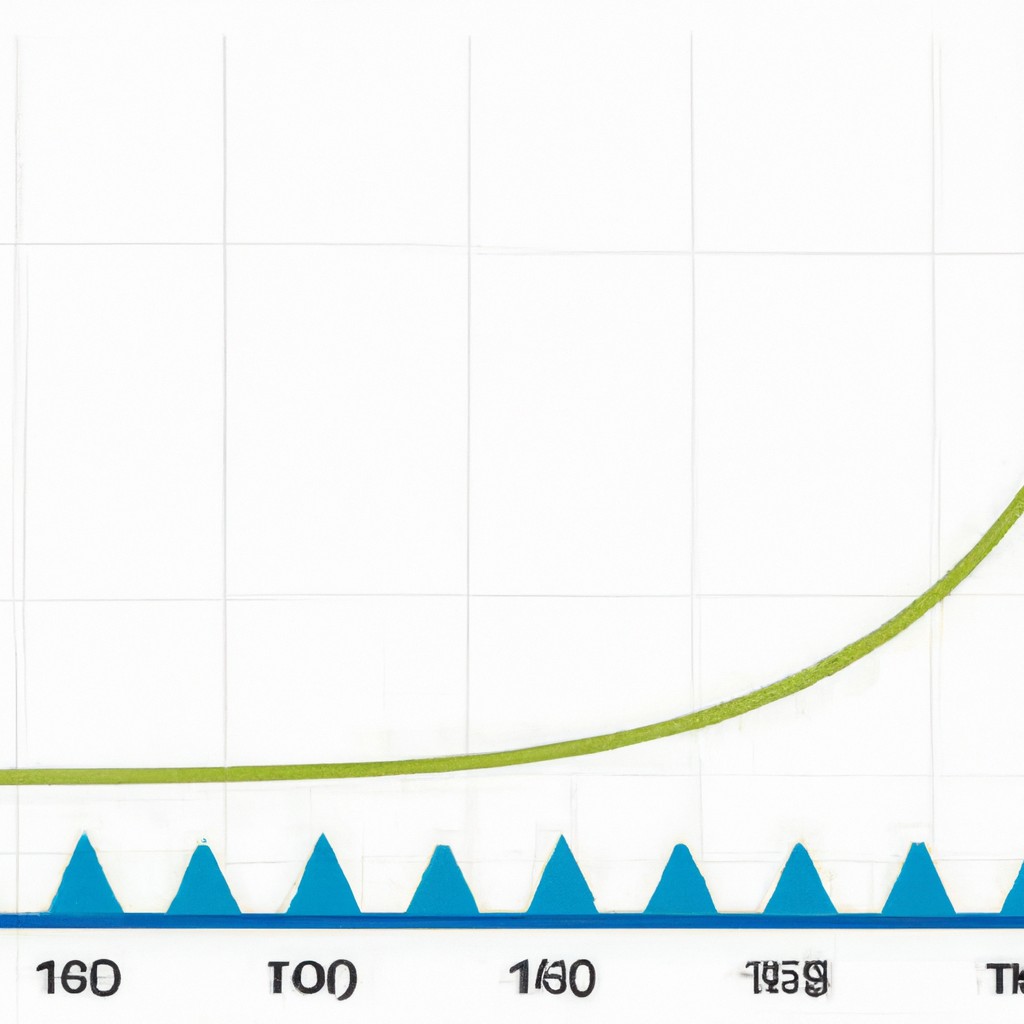
Alternative inequality measures offer varying perspectives on wealth distribution compared to the Atkinson Index. While the Gini coefficient emphasizes overall inequality, the Palma ratio underscores the wealth held by the top and bottom income portions. Additionally, the 20/20 ratio highlights the disparity between the richest and poorest individuals. Each measure provides insight into different aspects of inequality, shedding light on specific issues. By exploring these metrics alongside the Atkinson Index, a comprehensive understanding of wealth distribution emerges. This multifaceted approach helps policymakers and researchers gauge the effectiveness of redistributive policies and address disparities more effectively. Such diverse viewpoints contribute to a nuanced analysis of societal inequality.
Read more
Alternative measures to overcome limitations

When faced with challenges, we must explore different solutions beyond traditional methods. Embracing creativity and adaptability can help us find alternative ways to overcome limitations. By thinking outside the box, we can discover innovative strategies that lead to success. It's crucial to remain open-minded and willing to take risks in order to break free from constraints. Collaborating with others and seeking diverse perspectives can provide valuable insights and fresh ideas. Persistence and determination are key in pursuing unconventional approaches to achieve our goals. By being flexible and resilient, we can navigate obstacles and find new paths to progress.
Read more
Economic implications of alternative measures

When considering alternative measures, it's crucial to analyze their economic impacts thoroughly. By exploring various options, policymakers can determine the best course of action for long-term sustainability. Examining the costs and benefits of each alternative allows for informed decision-making and effective resource allocation. Additionally, understanding the potential risks associated with alternative measures is essential in mitigating negative consequences. Economic implications play a significant role in shaping societal progress and development. By critically evaluating different approaches, stakeholders can work towards achieving optimal outcomes that benefit both the economy and the overall well-being of communities.
Read more
Alternative measures of inequality
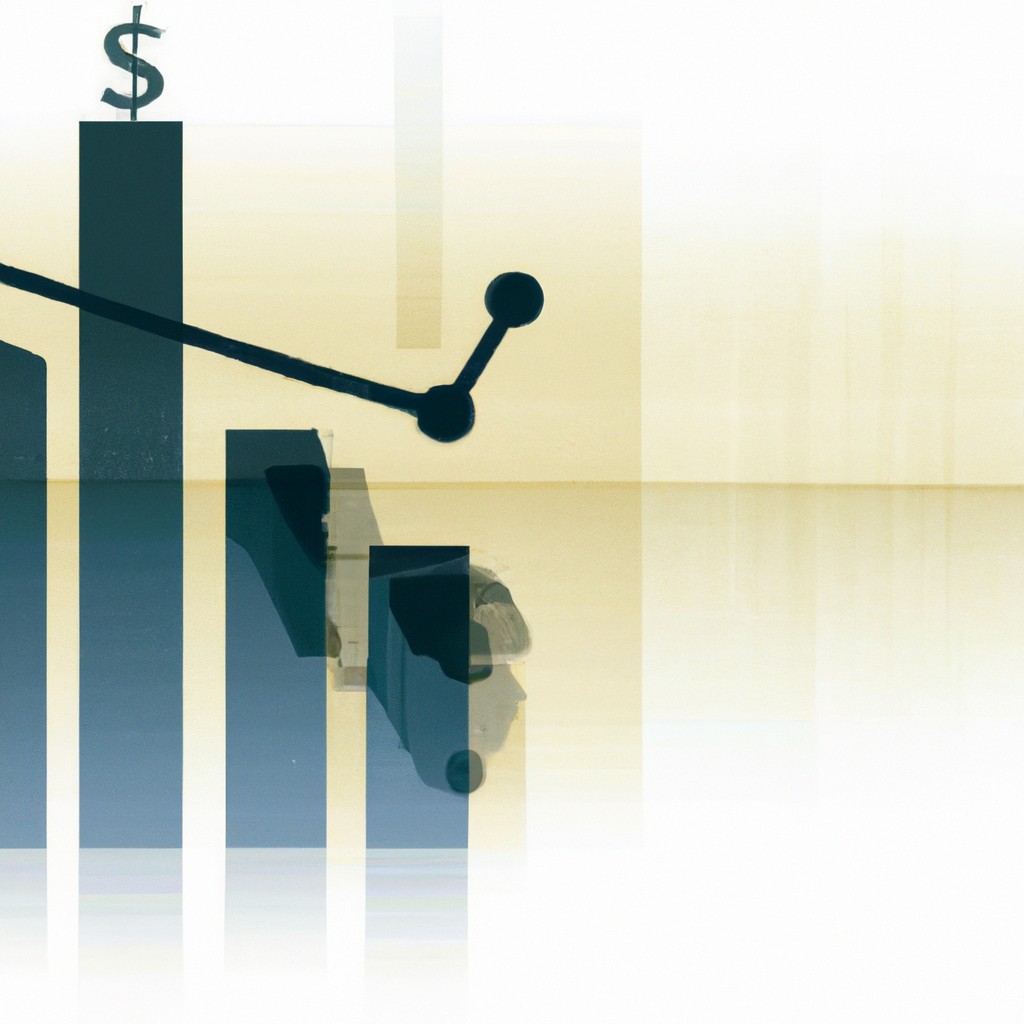
Various methods exist to assess inequality beyond just income distribution. Educational opportunities, health outcomes, and social mobility are encompassed in alternative measures, offering a broader perspective. These metrics spotlight disparities overlooked by traditional income-based measures, unveiling a more comprehensive picture of societal inequality. By scrutinizing factors beyond financial status, a richer understanding of disparity emerges, highlighting areas for targeted intervention. This approach acknowledges the multidimensional nature of inequality, illustrating its nuanced presence in diverse aspects of life. Embracing alternative measures empowers policymakers to craft more holistic and effective strategies in addressing the intricate web of inequality. Through these lenses, societal disparities can be identified, analyzed, and eventually mitigated, fostering a more equitable society for all.
Read more
Alternative measures of income inequality

Many different ways exist to measure income inequality besides the widely used Gini coefficient. Alternative measures include the Palma ratio, 20/20 ratio, and Theil index. These metrics provide a broader understanding of income distribution within a society. The Palma ratio focuses on the income share of the top 10% compared to the bottom 40%. The 20/20 ratio calculates the income share of the top 20% against the bottom 20%. The Theil index measures both within-country and global income inequality. By incorporating these alternative measures, policymakers and researchers can gain deeper insights into income inequality dynamics.
Read more
Advances in fuel efficiency and alternative fuels
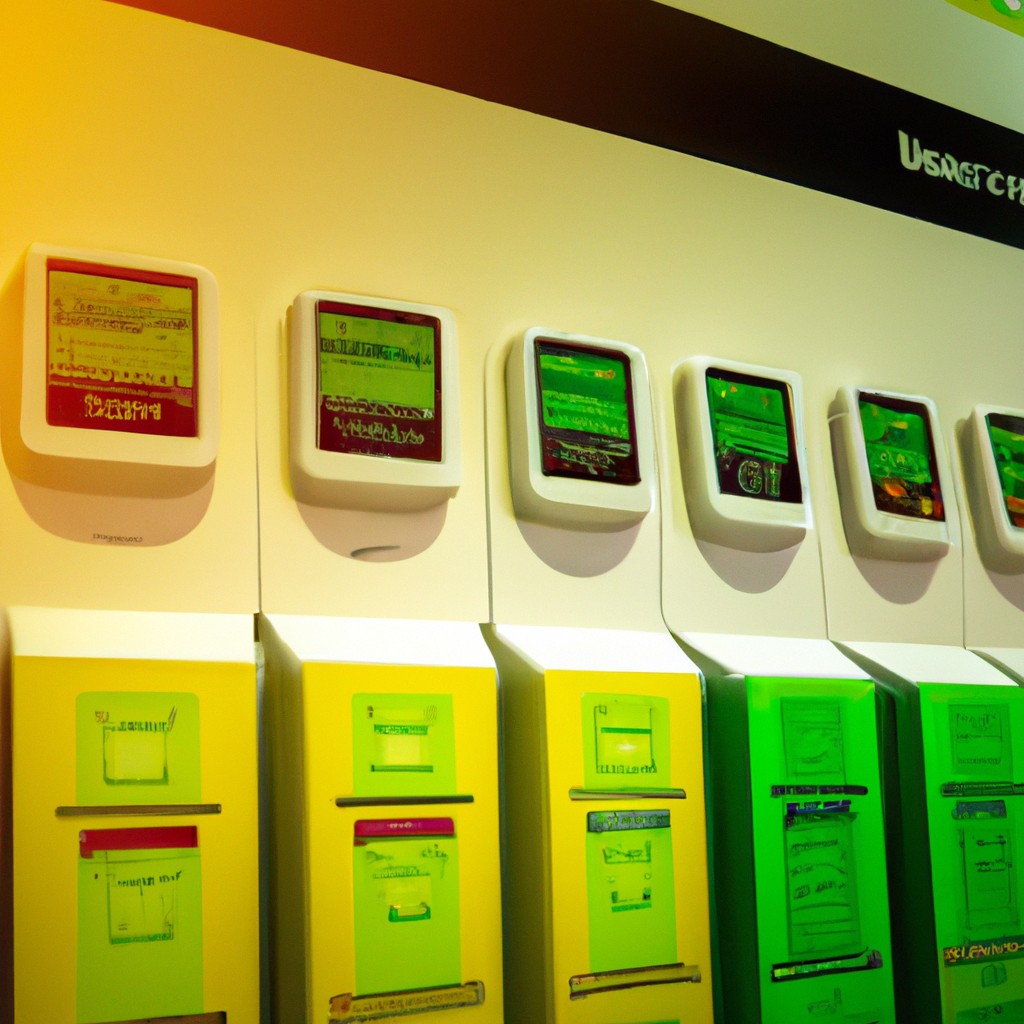
Advances in fuel efficiency and alternative fuels have revolutionized the transportation industry. These innovations not only help reduce greenhouse gas emissions but also decrease our dependency on fossil fuels. More efficient engines, hybrid technology, and electric vehicles are some of the developments that have made transportation more sustainable. Additionally, alternative fuels like biofuels, hydrogen, and natural gas offer cleaner alternatives to traditional gasoline and diesel. These fuels help mitigate air pollution and combat climate change. As a result, consumers have a wider range of options to choose from, while manufacturers strive to improve their vehicles' environmental performance. Continuous research and development in this field will further enhance fuel efficiency and accelerate the adoption of alternative fuels, creating a greener future for transportation.
Read more






